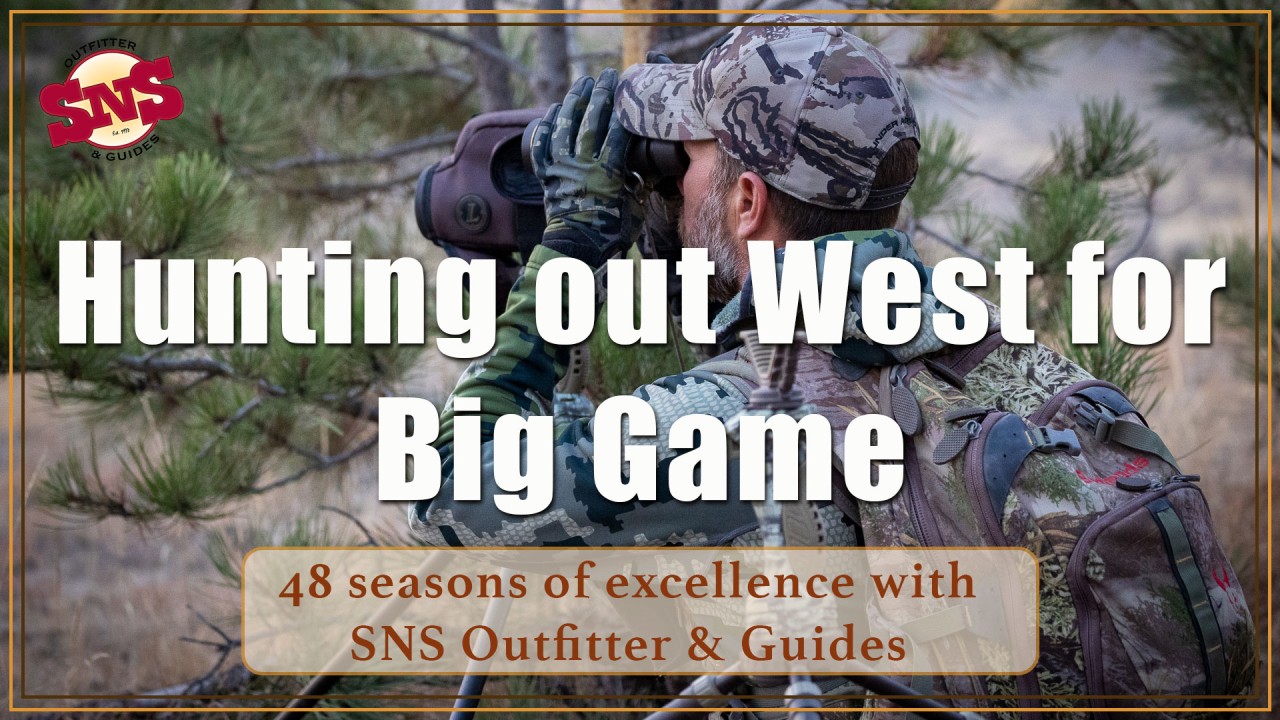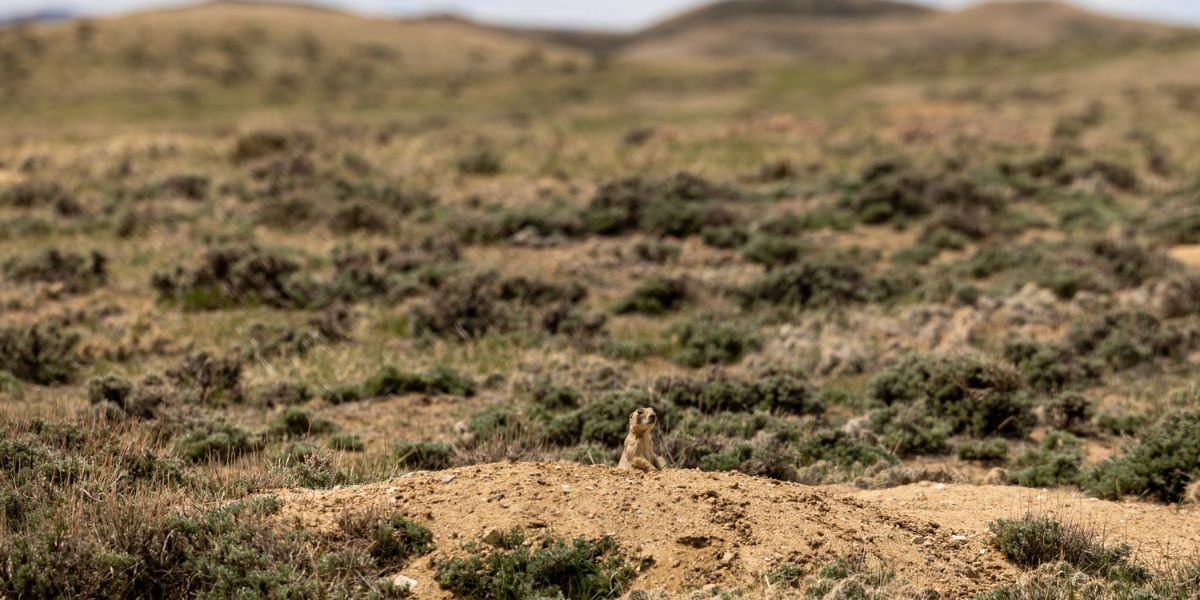Welcome to the West; where elk bugles echo through the timber, mule deer slip through the sagebrush, and antelope race across the open prairie. For 48 years, SNS Outfitter & Guides has led big game hunters into the wild beauty of Wyoming and Montana, helping them turn dreams into unforgettable memories. Whether you're booked for a fall hunt or simply living for the moment you finally get out West, this video brings the action, scenery, and spirit of hunting season straight to your screen. El...
The Wyoming Hunter Defense Fund: Protecting the Future of Hunting in Wyoming
In Wyoming, non-resident hunters play a vital role in supporting the state’s wildlife and hunting heritage. From helping meet harvest quotas to providing millions in tourism dollars and covering a major portion of the Wyoming Game & Fish Department’s budget, these hunters are essential to conservation and game management in the Cowboy State.
But until recently, sportsmen didn’t have a strong voice in the legislative process. That’s why the Wyoming Hunter Defense Fund (WHDF) was created.
Have you ever considered a prairie dog shoot with friends or family? If you enjoy long-range shooting, challenging small targets, and spending quality time outdoors, then a prairie dog hunt is the perfect way to enjoy Wyoming’s wide-open spaces.
SNS Outfitter & Guides is excited to announce the return of our guided prairie dog shoots after several years of population recovery. Spots are limited, so now is the time to book your summer shoot!
SNS Outfitter & Guides is a permittee of the Bridger Teton National Forest, Greys River District & Thunder Basin National Grasslands as well as the Bureau of Land Management.
Outfitter Web Site Design by Waves Web Design.



